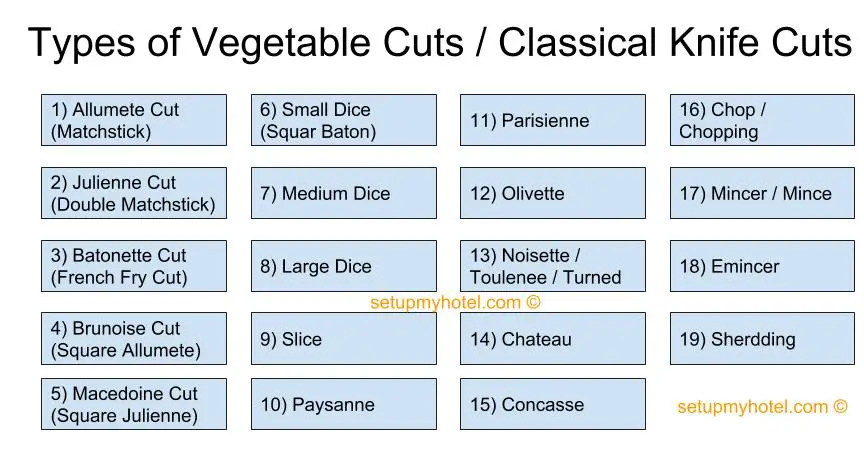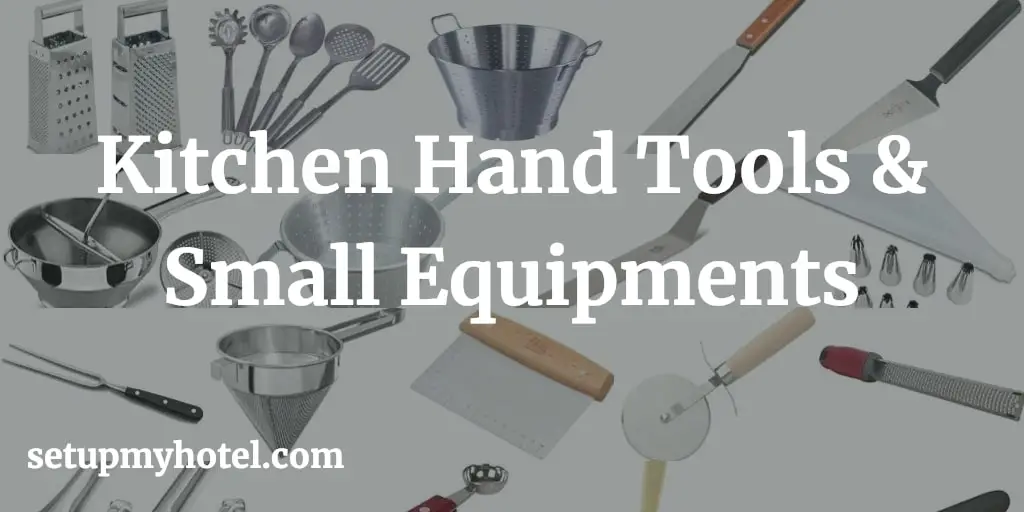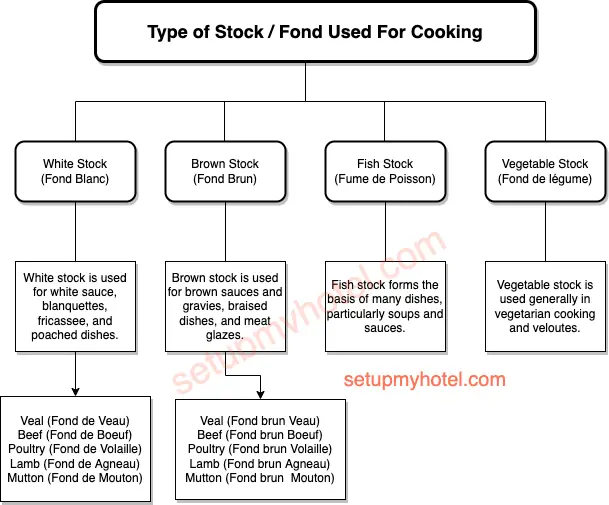19 Cuts Of Vegetables / Types Of Vegetables Cuts

Types Of Vegetable Cuts Used in the Kitchen / Food Production Vegetables are a staple in many kitchens, and their ...
Read more
Types Of Kitchen Hand Tools & Small Equipment

Different types of Kitchen Hand Tools & Small Equipment All kitchen staff should be familiar with the different types of ...
Read more
Basic Indian Curries And Gravy List – Standard Recipe – Hotels | Chef

Basic Indian Gravy’s List and Standard Recipe For Hotels | Chefs List of Basic Indian Curries and Indian Gravy 1 ...
Read more
Food Holding Temperature Guide – Meat | Poultry | Fish | Other Items

Standard Food Holding Temperature Range Guide For Meat, Fish Poultry, and Other Items In the hotel industry chefs, cooks and ...
Read more
How To Keep Knife Or Knives Sharp?

Tips For Keeping The Knife Sharp A knife is a tool that is of little use if it is not ...
Read more
Preventing Fire While Working In The Hotel Kitchen

How To Prevent Fire While Working In The Hotel Kitchen Area? Familiarize yourself with the working area to minimize cases ...
Read more
Preventing Cuts While Working In The Hotel Kitchen

How To Prevent Cuts While Working In The Hotel Kitchen Area? The primary rule of knife safety is simple that ...
Read more
Basic Dessert Sauces List – Standard Recipe Card – Hotels | Chefs

Dessert Sauces List with a recipe card for chefs Dessert sauces are the perfect finishing touch to any dessert. They ...
Read more
23 Basic Pastries, Cakes And Desserts For Bakers And Pastry Chef

Basic Pastries, Cakes and Desserts For Bakers and Pastry Chef Baking is a wonderful way to express creativity and satisfy ...
Read more
Types Of Stock – White | Brown | Vegetable | Fish

Types of Stock – White | Brown | Vegetable | Fish When it comes to cooking, the type of stock ...
Read more









